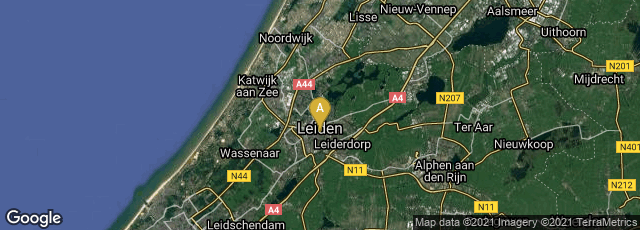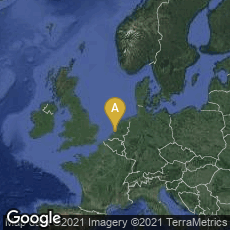

A: Leiden, Zuid-Holland, Netherlands
"In the beginning of the 1970s, Ben Hesper and I started to use the term “bioinformatics” for the research we wanted to do, defining it as “the study of informatic processes in biotic systems”. (Although several public sources [see below] trace the origin of the term to publications by us that appeared in 1978 [1], [2], in fact we were using it as early as 1970, proposing the definition above in an article in Dutch that is not generally accessible [3].)
"It seemed to us that one of the defining properties of life was information processing in its various forms, e.g., information accumulation during evolution, information transmission from DNA to intra- and intercellular processes, and the interpretation of such information at multiple levels. At a minimum, we felt that that information processing could serve as a useful metaphor for understanding living systems. We therefore thought that in addition to biophysics and biochemistry, it was useful to distinguish bioinformatics as a research field (or what we termed a “work concept”).
"Indeed, at the birth of molecular biology it was recognized that a central research theme should be how living systems gather, process, store, and use information [4]. This focus on concepts related to information is, for example, reflected in the terminology “genetic code”, the central dogma as the unidirectional flow of information, etc. A nice monograph entitled “From Deoxyribonucleic Acid to Protein: Transfer of Genetic Information” [5] summarized the state of the art in molecular biology before the “sequence age”, unraveling for me the essential processes that, at the time in genetics undergraduate texts, were buried in “bead genetics”. It seems that recently, after a dormant phase, such information-centric terminology has become more prevalent again (e.g., in terms of identifying a distinct research field [4] and focusing on such processes as sensing the environment [6] and dynamic phosphorylation and methylation codes [7], [8]).
"We were embedded then within theoretical biology. At the time, after general systems theory [9], [10] had come and gone, theoretical biology was in a mild resurgence in acceptance. The series of books entitled “Towards a Theoretical Biology”, edited by Waddington [11] (reprints of which are underway), had appeared a few years earlier. In 1972, the main topic at a meeting organized by BSRC (Biological Science Research Council) Developmental Biology in collaboration with the Society for Experimental Biology was mathematical models of development.
"Stuart Kaufman was there, presenting his work on random Boolean networks, which introduced the concept of large-scale transcription regulation networks and viewed a cell type as an attractor in a multidimensional dynamical system [12]. It is striking that in the year 2000, Huang and Ingber reintroduced these concepts to the experimental molecular biology community [13] and later beautifully illustrated their power by demonstrating alternative trajectories to neutrophil differentiation on the basis of temporal gene expression data of 2,773 genes [14]." (Hogeweg, "The Roots of Bioinformatics in Theoretical Biology," PloS Comput. Biol., 7, (2011) 10.1371/journal.pcbi.1002021)